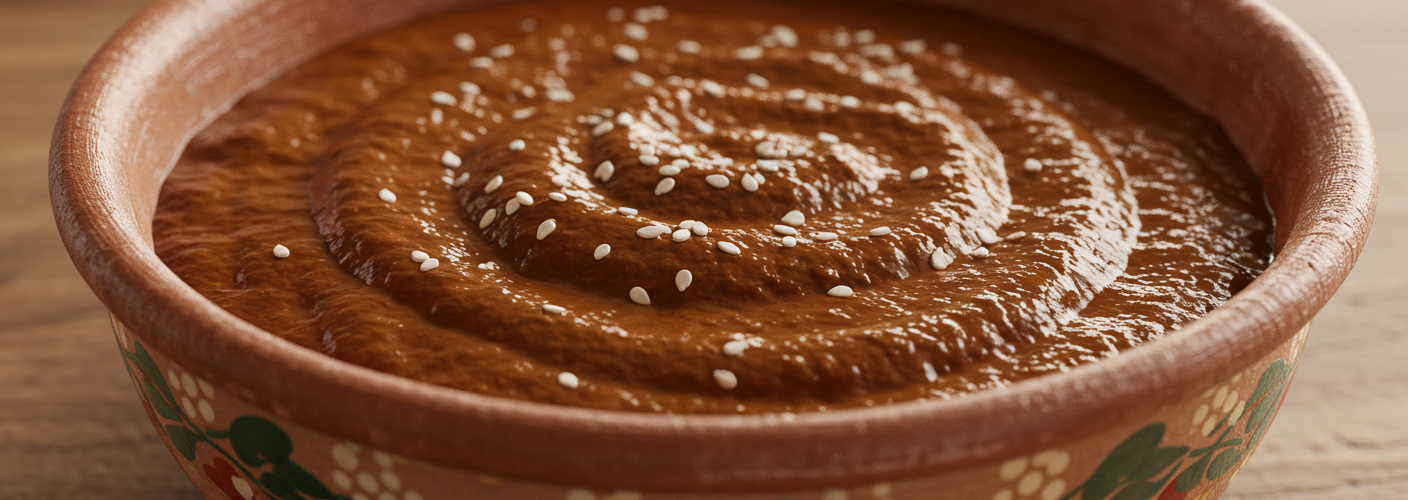When it comes to Mexican cuisine, few dishes evoke as much passion and intrigue as mole. Often referred to as a sauce, mole is a complex blend of flavors, colors, and textures that transforms any dish it accompanies into a culinary masterpiece. Its history is as rich as its taste, reflecting the myriad influences that have shaped Mexico’s diverse food culture over centuries.
Mole, derived from the Nahuatl word “molli,” meaning sauce or mixture, can be found in various forms and variations across the country. The most famed of these is mole poblano, which originated in the state of Puebla. This delightful version is a harmonious blend of ingredients, including chili peppers, chocolate, nuts, spices, and herbs. It is most commonly served with chicken or turkey, creating a mouthwatering dish that enchants the senses.
The Ingredients That Make Mole Special
One of the defining characteristics of mole is its enchanting complexity. A traditional mole sauce typically contains over 20 ingredients, each playing a pivotal role in achieving its signature depth of flavor. While recipes can vary significantly between regions and families, some common components include:
- Chili Peppers: Various types of dried and fresh peppers, such as ancho, pasilla, and guajillo, add not only heat but also a rich, smoky flavor.
- Chocolate: Unsweetened or semi-sweet chocolate, often made from cacao grown in Mexico, contributes to mole’s unique sweetness and complexity.
- Nuts: Almonds or peanuts are commonly ground into the sauce, providing creaminess and richness.
- Spices: Oregano, cinnamon, and cloves are often added for aromatic depth, enhancing the overall flavor profile.
- Fruits: Some variations incorporate fruits like plantains, which add a hint of sweetness and balance to the spice.
The Art of Preparation
Creating a traditional mole sauce is no small feat; it is an art form that requires time, patience, and a deep understanding of how the ingredients interact. The process usually begins with toasting dry ingredients to release their essential oils and flavors, followed by blending them into a smooth sauce. This mixture can then be simmered with broth to create a luxurious texture. Many cooks prefer to allow the mole to rest overnight, as this resting period allows the flavors to meld and mature.
Mole in Modern Cuisine
In recent years, mole has gained recognition beyond the traditional plates, inspiring chefs around the world to experiment with the sauce. Its versatility allows it to pair well with various proteins, vegetables, and even pasta. Some modern interpretations feature mole drizzled over grilled fish or incorporated into gourmet tacos, showcasing its timeless charm while embracing contemporary culinary techniques.
Moreover, with the growing interest in authentic Mexican flavors, mole is now more accessible to home cooks who wish to explore this rich tradition. Various recipes are available online, allowing anyone to try their hand at recreating this iconic sauce.
Conclusion
Mexican mole is more than just a sauce; it is a celebration of culture, history, and the love of cooking. Its unique blend of ingredients and labor-intensive preparation reflect the heart and soul of Mexican cuisine. Whether you’re enjoying it in its traditional form or exploring modern variations, mole is sure to transport your taste buds on a flavorful journey. So next time you savor a dish adorned with this delectable sauce, take a moment to appreciate the rich heritage that lies within each enticing bite.




Add comment